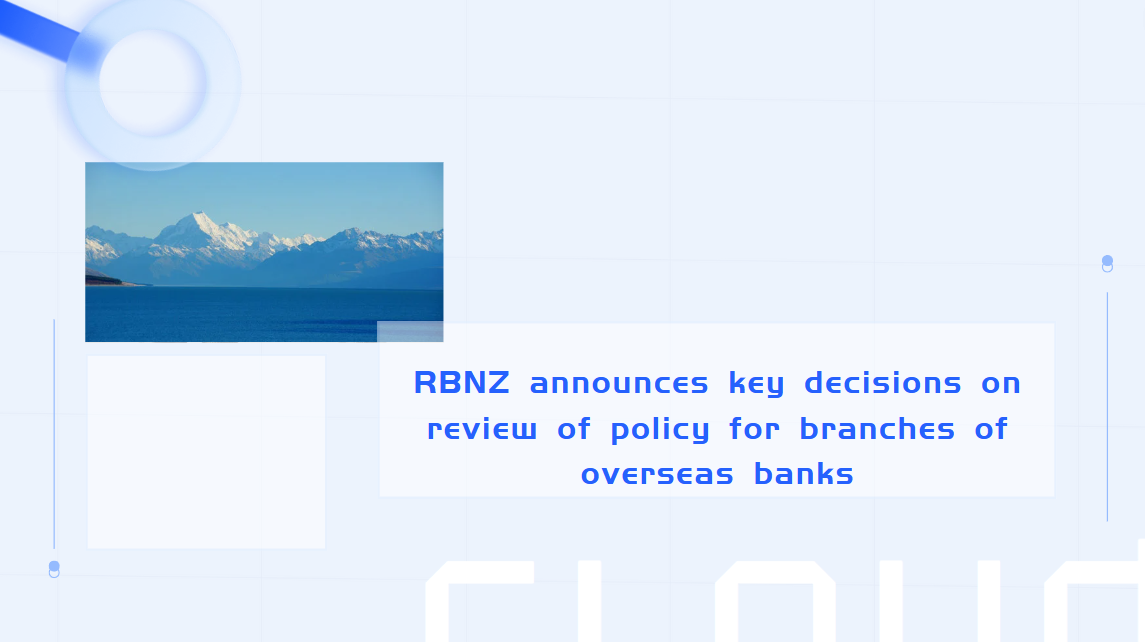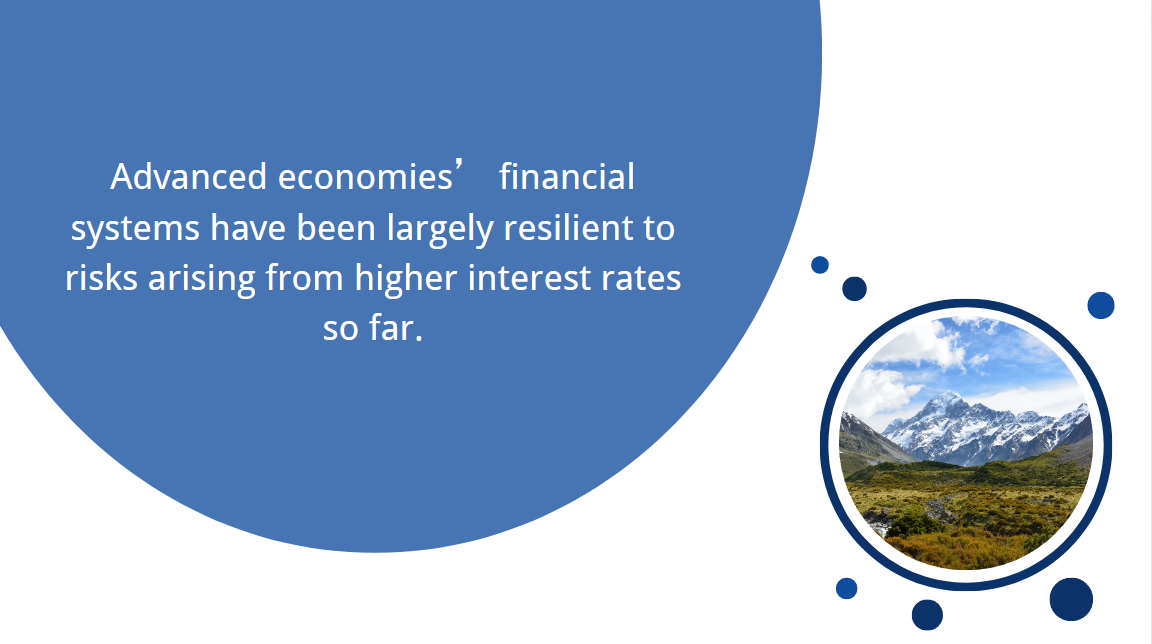Building a balance sheet to support financial stability
In a keynote speech delivered at the UBS Australasia Conference, in Sydney today, Karen Silk, General Manager of Economics, Financial Markets and Banking, says our balance sheet is “an instrument of policy and not profit.”
The speech focuses on how we can think of the central bank’s balance sheet as a tool for financial stability and outlines some of the recent steps we’ve taken to strengthen our balance sheet for that purpose, particularly around foreign reserves.
Like most central banks, we hold foreign reserves on our balance sheet. This portfolio consists of foreign currency assets, such as overseas government bonds, that can be used to intervene in the foreign exchange market to help support both financial stability and monetary policy objectives.
“This could include intervening in response to periods of market dysfunction or if the level of the exchange rate was at extreme and unjustified levels relative to economic fundamentals,” she says. Dysfunction refers to the market not operating normally and it being difficult to execute trades.
“As a small open economy, the foreign exchange market is very important for New Zealand,” Karen Silk says.
In conjunction with Treasury and the Minister of Finance, we determined through the Foreign Reserves Coordination Framework that a higher level of foreign reserves holdings was appropriate.
“We are building towards that now,” she says. This will take many years, to ensure minimal disruption to markets.
“We now have a greater level of pre-positioned financial resources in the form of capital and indemnities, which enable us to intervene in markets to support financial stability if and when needed.”
Disclaimer
This speech is not a Monetary Policy Committee communication and contains no guidance on the future path of monetary policy. You can find the latest views of the MPC in our recently published Monetary Policy Review.























































First, please LoginComment After ~